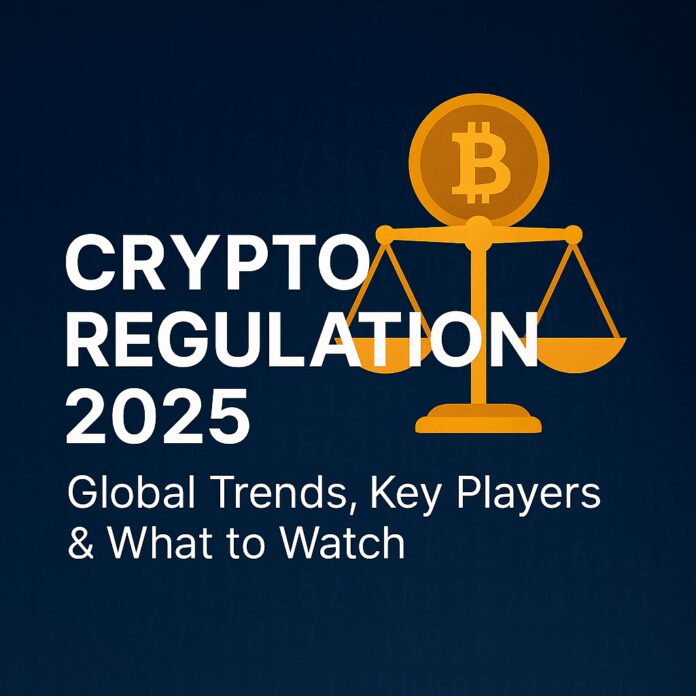The era of unregulated crypto is quickly fading. Governments around the world are introducing formal regulatory frameworks to bring digital assets in line with traditional finance. Some aim to enable innovation, while others focus on control. One thing is clear: 2025 is a pivotal year for crypto regulation — and both investors and projects need to be prepared.
Why Crypto Regulation Matters Now
After years of rapid growth, market manipulation, and high-profile failures (such as FTX, Celsius, and Terra), regulators are under pressure to act. Their goals include:
- Protecting investors from fraud and abuse
- Mitigating systemic risk in the financial system
- Enforcing anti-money laundering (AML) and tax compliance
- Creating legal clarity for legitimate businesses
Global Regulatory Landscape in 2025
European Union – MiCA Is Active
The Markets in Crypto-Assets Regulation (MiCA) entered into force in 2024 and is now fully operational across EU member states. It introduces:
- Licensing requirements for exchanges, custodians, and wallet providers
- Strict rules for stablecoins, including capital reserves and public disclosures
- Whitepaper and marketing requirements for token issuers
- Oversight by the European Securities and Markets Authority (ESMA) and the European Banking Authority (EBA)
Impact: Projects that comply with MiCA will have a clear legal path to operate across the EU. Compliance is likely to become a listing requirement on regulated exchanges.
United States – Fragmented but Advancing
The US regulatory landscape remains divided between agencies including the SEC, CFTC, and Treasury. In 2025, the main developments include:
- Continued debate over whether most tokens are securities or commodities
- Proposed legislation to create a unified Digital Asset Authority (still in progress)
- Push for stablecoins to be issued only by licensed banking institutions
- Increased scrutiny of DeFi and offshore entities
Impact: Legal uncertainty persists, but momentum is growing toward clearer national standards. Caution is advised for projects seeking to enter or remain in the US market.
United Kingdom – Structured and Pro-Innovation
The UK has implemented rules under the Financial Services and Markets Act (FSMA) to regulate crypto assets, including:
- Mandatory registration for all crypto asset service providers
- Enhanced consumer protection, AML measures, and custody safeguards
- A legal foundation for the use of stablecoins in payments
Impact: The UK positions itself as a safe and innovative jurisdiction for crypto companies, particularly those targeting institutional clients.
Asia – Varied Approaches
- Singapore: Maintains a rigorous licensing regime with strong AML enforcement. Welcomes innovation under strict compliance.
- Japan: One of the most advanced frameworks for crypto regulation, particularly in consumer protection and stablecoin issuance.
- Hong Kong: Reopened its retail crypto market with controlled licensing.
- China: Continues to ban crypto trading and mining but actively develops its central bank digital currency (CBDC).
Key Regulatory Themes to Watch in 2025
- MiCA compliance as a competitive advantage
In the EU, legal compliance is no longer optional — it is essential for long-term success. - Stablecoin regulation tightening globally
More governments now require stablecoin issuers to hold full reserves, undergo audits, and obtain licenses. - DeFi under the microscope
Decentralized protocols will face increased pressure to add KYC layers, front-end restrictions, and governance disclosures. - CBDCs gaining traction
Central banks worldwide are launching or piloting digital currencies, which may compete with private stablecoins or influence payment infrastructure. - International coordination
Cross-border enforcement and unified standards are becoming more common, especially among G20 countries.
Practical Takeaways for RateEx42 Users
- Always verify legal status: Before investing or listing, check whether a token complies with local regulations.
- Prioritize transparency: Projects with audits, legal clarity, and documentation will have a stronger market position.
- Watch the regulators: What happens in the EU, US, and Asia will define global crypto trends.
- Follow infrastructure shifts: Legal pressure on stablecoins and DeFi may lead to changes in protocol design and token utility.



